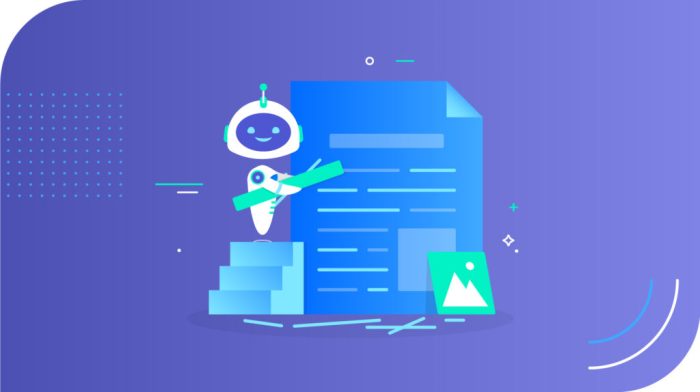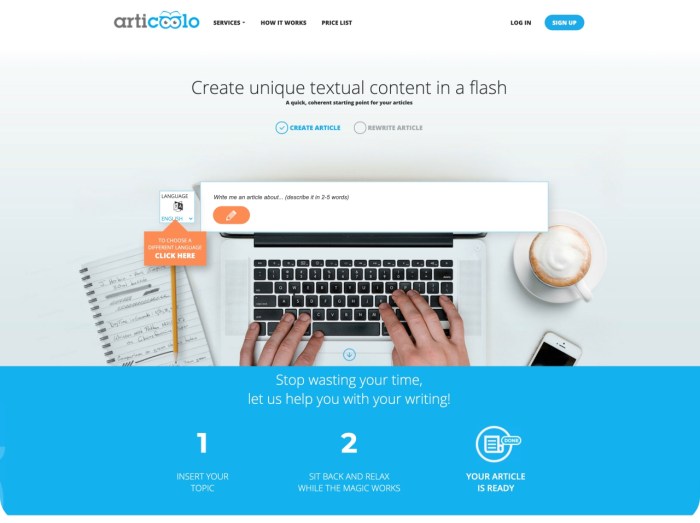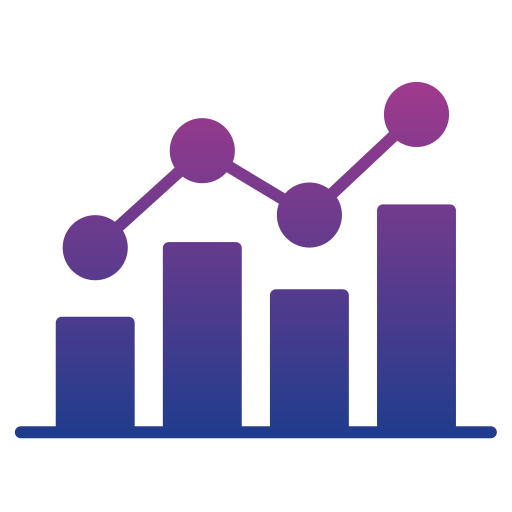AI-driven dynamic content creation is revolutionizing the way we create and consume content. This technology leverages artificial intelligence to generate personalized, engaging, and contextually relevant content, adapting to individual user preferences and real-time data. Imagine a website that automatically tailors its content to your interests, or an email campaign that dynamically adjusts its message based on your past interactions.
This is the power of AI-driven dynamic content creation, and its impact is only just beginning.
AI algorithms analyze vast amounts of data, including user behavior, search queries, and social media trends, to understand individual preferences and create content that resonates. By dynamically adjusting content based on these insights, businesses can enhance user engagement, personalize experiences, and ultimately drive better results.
From personalized product recommendations to targeted advertising, AI-driven dynamic content creation is transforming the way we interact with information.
Introduction to AI-driven Dynamic Content Creation

AI-driven dynamic content creation is a revolutionary approach to content generation that leverages artificial intelligence to produce personalized and engaging content tailored to specific audiences and contexts. Unlike static content, dynamic content adapts in real-time, delivering a more relevant and impactful experience for users.AI algorithms analyze vast amounts of data, including user behavior, preferences, and external factors, to generate content that is contextually relevant and personalized.
This data-driven approach allows for the creation of content that resonates with individual users, enhancing engagement and conversions.
Examples of AI-driven Dynamic Content Creation
AI is transforming content creation across various platforms and industries. Here are some prominent examples:
- Personalized Product Recommendations:E-commerce platforms utilize AI to analyze user browsing history, purchase patterns, and preferences to recommend products tailored to individual needs. For instance, Amazon’s “Customers Also Bought” and “Frequently Bought Together” sections leverage AI to suggest relevant products based on user data.
- Dynamic Pricing:AI-powered dynamic pricing strategies adjust prices in real-time based on factors like demand, competition, and time of day. Airlines, hotels, and online retailers utilize this approach to maximize revenue and optimize pricing strategies.
- Content Personalization in News and Media:News websites and social media platforms employ AI to curate personalized news feeds and content recommendations. For example, Facebook’s newsfeed algorithm uses AI to prioritize content based on user interests and engagement patterns.
- Chatbots and Virtual Assistants:AI-powered chatbots and virtual assistants provide instant support and personalized interactions with customers. These AI agents can answer questions, provide recommendations, and even complete transactions, enhancing customer experience and streamlining business processes.
Benefits of AI-driven Dynamic Content Creation
AI-driven dynamic content creation offers numerous advantages for businesses and content creators, including:
- Enhanced User Engagement:Personalized and relevant content fosters deeper engagement and higher conversion rates. By catering to individual needs and preferences, AI-driven content resonates with users, leading to increased interaction and satisfaction.
- Improved Efficiency and Scalability:AI automates content creation tasks, freeing up time and resources for more strategic initiatives. This automation allows for the production of large volumes of content, ensuring consistent quality and timely delivery.
- Data-driven Insights and Optimization:AI provides valuable insights into user behavior and content performance, enabling data-driven optimization strategies. By analyzing user interactions and feedback, content creators can refine their approach and maximize content effectiveness.
- Increased Revenue and Conversions:By delivering highly targeted and personalized content, AI-driven dynamic content creation drives higher conversion rates and increased revenue. By aligning content with user needs and preferences, businesses can effectively convert leads and boost sales.
Key Technologies and Techniques

The power behind AI-driven dynamic content creation lies in a blend of advanced technologies and techniques. This section will delve into the core technologies that drive this innovation, explore the various techniques employed, and highlight the pivotal roles of natural language processing (NLP) and machine learning (ML).
Core AI Technologies
The foundation of AI-driven dynamic content creation rests on several key technologies:
- Natural Language Processing (NLP):NLP enables computers to understand, interpret, and generate human language. This technology empowers AI systems to analyze text, extract meaning, and produce coherent and contextually relevant content.
- Machine Learning (ML):ML algorithms learn from data patterns and use these insights to make predictions or decisions. In content creation, ML is used to identify audience preferences, optimize content structure, and predict content performance.
- Deep Learning (DL):A subset of ML, DL employs artificial neural networks with multiple layers to process complex data patterns. This technology enables AI systems to learn from large datasets and generate highly nuanced and creative content.
- Computer Vision:This technology allows computers to “see” and interpret images and videos. It plays a crucial role in dynamic content creation by enabling AI systems to understand visual elements and generate content that integrates images and videos seamlessly.
Content Generation Techniques
AI-driven dynamic content creation leverages a variety of techniques to generate engaging and relevant content:
- Text Generation:This technique involves using AI models to create written content, such as articles, blog posts, social media updates, and even creative writing. These models are trained on vast amounts of text data, allowing them to learn the nuances of language and generate coherent and contextually appropriate content.
- Image and Video Generation:AI models can also create images and videos. Techniques like Generative Adversarial Networks (GANs) are used to generate realistic and creative visuals, which can be used for various purposes, including marketing materials, product mockups, and even artistic expression.
- Content Personalization:By leveraging user data and AI algorithms, content can be personalized to individual preferences. This technique tailors content to specific user interests, increasing engagement and satisfaction.
- Content Optimization:AI-powered tools can analyze content performance metrics, such as engagement rates and click-through rates, to identify areas for improvement. This data-driven approach helps optimize content for maximum impact.
Role of NLP and ML, AI-driven dynamic content creation
NLP and ML play fundamental roles in AI-driven dynamic content creation:
- NLP:NLP empowers AI systems to understand the nuances of human language, enabling them to analyze text, extract meaning, and generate coherent and contextually relevant content. It also facilitates the personalization of content by identifying user preferences and tailoring content accordingly.
- ML:ML algorithms learn from data patterns, allowing AI systems to predict audience preferences, optimize content structure, and improve content performance. By analyzing user data and content performance metrics, ML enables continuous improvement and adaptation of content to meet evolving needs.
Closing Notes
The future of content creation is undoubtedly intertwined with AI. As technology continues to evolve, we can expect even more sophisticated and personalized experiences. AI-driven dynamic content creation empowers businesses to connect with their audiences on a deeper level, fostering engagement, driving conversions, and shaping the future of digital communication.
Helpful Answers
What are the key benefits of using AI for content creation?
AI-driven content creation offers several benefits, including: increased efficiency, personalized content, improved engagement, and data-driven insights.
How can AI be used to personalize content?
AI can personalize content by analyzing user data and tailoring content to individual preferences, interests, and behavior. This can be done through recommendations, targeted advertising, and customized website experiences.
Is AI-driven content creation replacing human writers?
AI is not replacing human writers. Instead, it’s augmenting their capabilities by automating repetitive tasks and providing insights to improve content quality and effectiveness. Human writers remain crucial for creativity, critical thinking, and ensuring the ethical and responsible use of AI.
